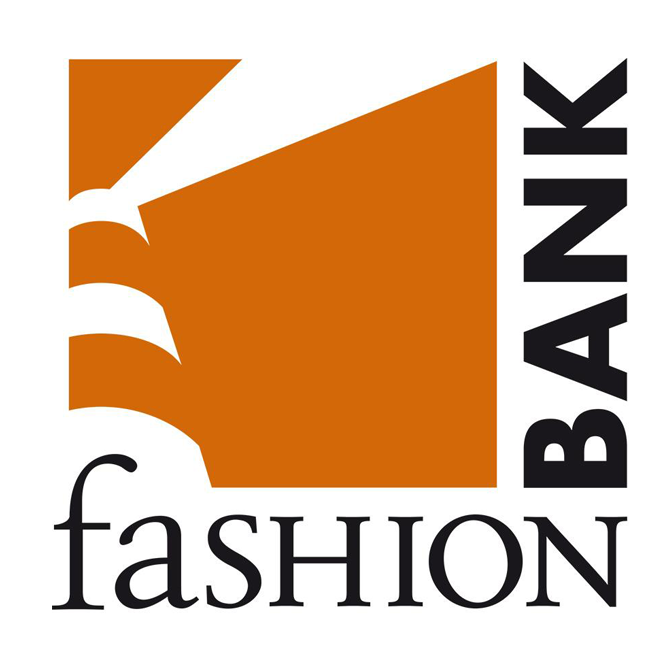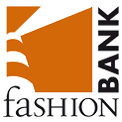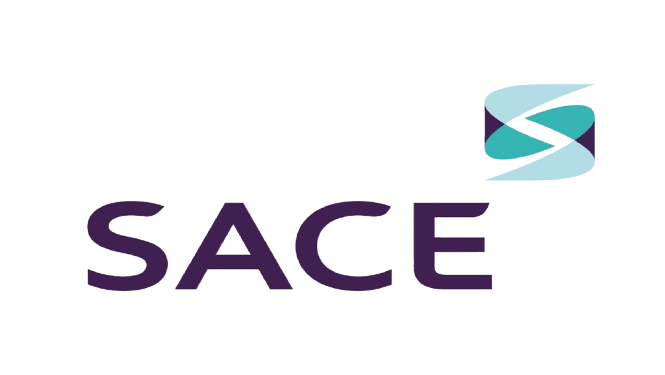The fashion database

Fashion Bank has the largest existing database on multi-brand distribution in fashion.
For years it has monitored more than 120.000 stores in Italy and 4 million abroad, specializing in clothing, footwear, accessories, underwear and beachwear.
In addition to financial and cadastral data, it monitors all specific industry information: which brands are sold by each store, the window displays, income per square meter, specialization and type of the product sold, seasonal purchase quota, share of wallet, turnover trend, area ranking of each store, and more.
Fashion Bank has the largest existing database on multi-brand distribution in fashion.
For years it has monitored more than 120.000 stores in Italy and 4 million abroad, specializing in clothing, footwear, accessories, underwear and beachwear.
In addition to financial and cadastral data, it monitors all specific industry information: which brands are sold by each store, the window displays, income per square meter, specialization and type of the product sold, seasonal purchase quota, share of wallet, turnover trend, area ranking of each store, and more.
In an increasingly competitive market, it is essential to thoroughly know the environment in which we operate. Fashion Bank Database also continuously monitors 10.000 brands and 7.000 producers and distributors.
Along with data on the retail distribution market, this allows us to offer a constantly updated scenario of the entire fashion system.
In an increasingly competitive market, it is essential to thoroughly know the environment in which we operate. Fashion Bank Database also continuously monitors 10.000 brands and 7.000 producers and distributors.
Along with data on the retail distribution market, this allows us to offer a constantly updated scenario of the entire fashion system.
Fashion Bank knows that relying exclusively on legal information to protect credit and getting to know customers thoroughly is not enough, especially in the fashion industry.
Balance sheet data is published once a year and partnerships and sole proprietorships it (representing 70% of the entire retail market in Italy) do not publish one.
Because of this, industry information collected in our database is indispensable to forecast insolvencies. The data is weighted and indexed in our predictive risk calculation models, designed specifically for the fashion retail market.
Fashion Bank knows that relying exclusively on legal information to protect credit and getting to know customers thoroughly is not enough, especially in the fashion industry.
Balance sheet data is published once a year and partnerships and sole proprietorships it (representing 70% of the entire retail market in Italy) do not publish one.
Because of this, industry information collected in our database is indispensable to forecast insolvencies. The data is weighted and indexed in our predictive risk calculation models, designed specifically for the fashion retail market.
Another important feature of Fashion Bank is the ability to acquire data. Knowing the best methodologies to obtain the desired information and to transform it into functional data for the company requires thorough industry understanding and specific know how.
Through interviews, social media, mystery shopping and panel research, Fashion Bank is able to gather information and understand the market signals which all fashion players struggle with every day.
Another important feature of Fashion Bank is the ability to acquire data. Knowing the best methodologies to obtain the desired information and to transform it into functional data for the company requires thorough industry understanding and specific know how.
Through interviews, social media, mystery shopping and panel research, Fashion Bank is able to gather information and understand the market signals which all fashion players struggle with every day.
Having a database is of course not enough. Perhaps the most important and complex job is to keep it updated. A mass of information constantly on the move. Certainly, among our achievements is that of being able to offer our customers an up to date, precise and proactive service thanks to a consolidated structure and even more innovative IT tools.
This means our database is not just a snapshot of a moment but an ongoing process.
Being up to date in order to analyse properly the market is essential for business intelligence companies. Late information has no value.
Having a database is of course not enough. Perhaps the most important and complex job is to keep it updated. A mass of information constantly on the move. Certainly, among our achievements is that of being able to offer our customers an up to date, precise and proactive service thanks to a consolidated structure and even more innovative IT tools.
This means our database is not just a snapshot of a moment but an ongoing process.
Being up to date in order to analyse properly the market is essential for business intelligence companies. Late information has no value.
Another fundamental plus of Fashion Bank database is the possibility of having reliable historical trends which analyse the evolution of phenomena, an especially unique and useful feature in the business intelligence field.
Data that in many cases are crucial in commercial and risk rating: trend of revenues and purchases, shut down or inactive stores, shareholdings and subsidiaries, seasonal turnover for each brand etc.
Another fundamental plus of Fashion Bank database is the possibility of having reliable historical trends which analyse the evolution of phenomena, an especially unique and useful feature in the business intelligence field.
Data that in many cases are crucial in commercial and risk rating: trend of revenues and purchases, shut down or inactive stores, shareholdings and subsidiaries, seasonal turnover for each brand etc.





